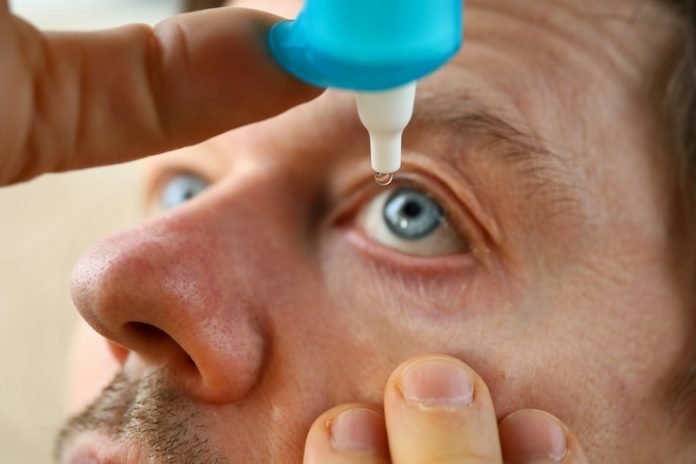
Vision is one of our most cherished senses, offering us a window to the world’s beauty and dangers. However, this window can become foggy for people with diabetes due to an increased risk of developing cataracts.
Cataracts, a condition where the lens of the eye becomes cloudy, can lead to blurred vision and, if untreated, blindness. The relationship between diabetes and cataracts is well-documented, with diabetes significantly increasing the risk of this eye condition.
This review explores the intricate relationship between diabetes and cataracts, including symptoms to watch for and treatment options.
Cataracts form when changes in the lens fibers of the eye cause them to become less transparent, obstructing light from passing clearly through the lens.
The reasons behind cataract formation can vary, but in people with diabetes, high blood sugar levels play a crucial role.
Over time, excess glucose in the bloodstream can alter the lens’s delicate structure, leading to the development of cataracts at an earlier age compared to those without diabetes.
Research evidence underscores the strong link between diabetes and an increased risk of cataracts. Studies show that people with diabetes are 2 to 5 times more likely to develop cataracts than those without diabetes.
Furthermore, the risk increases with the duration of diabetes and the level of glycemic control; poorly controlled blood sugar levels can accelerate cataract formation.
Symptoms of cataracts include:
- Blurred or cloudy vision
- Sensitivity to light and glare
- Difficulty seeing at night
- Seeing “halos” around lights
- Frequent changes in eyeglass or contact lens prescription
- Fading or yellowing of colors
These symptoms can gradually worsen, making early detection and treatment crucial for maintaining vision quality.
Treatment for cataracts involves surgical removal of the cloudy lens, which is then replaced with an artificial lens. Cataract surgery is one of the most common and successful procedures performed worldwide.
For people with diabetes, managing blood sugar levels before and after surgery is critical to minimize the risk of complications and promote healing.
Prevention strategies focus on maintaining good glycemic control to delay the onset and progression of cataracts.
Regular eye exams are essential for people with diabetes, as they allow for early detection and management of not only cataracts but also other diabetes-related eye conditions, such as diabetic retinopathy.
Lifestyle choices can also play a role in cataract prevention. These include:
- Maintaining a healthy diet rich in fruits and vegetables, which are high in antioxidants
- Quitting smoking, as smoking can increase the risk of cataracts
- Protecting eyes from excessive sunlight exposure with UV-protective sunglasses
In conclusion, the connection between diabetes and cataracts highlights the importance of diligent management of diabetes and regular eye care.
Early detection through routine eye exams can significantly affect the outcome for those with diabetes, allowing for timely treatment and preservation of vision.
By understanding the relationship between these conditions, individuals with diabetes can take proactive steps to protect their sight, ensuring that their window to the world remains clear and bright.
If you care about diabetes, please read studies that MIND diet may reduce risk of vision loss disease, and Vitamin D could benefit people with diabetic neuropathic pain.
For more information about diabetes, please see recent studies that Vitamin E could help reduce blood sugar and insulin resistance in diabetes, and results showing eating eggs in a healthy diet may reduce risks of diabetes, high blood pressure.
Copyright © 2024 Knowridge Science Report. All rights reserved.



